Weather and climate experts are divided on whether AI or more traditional methods are most effective. In this new model, Google’s researchers bet on both.
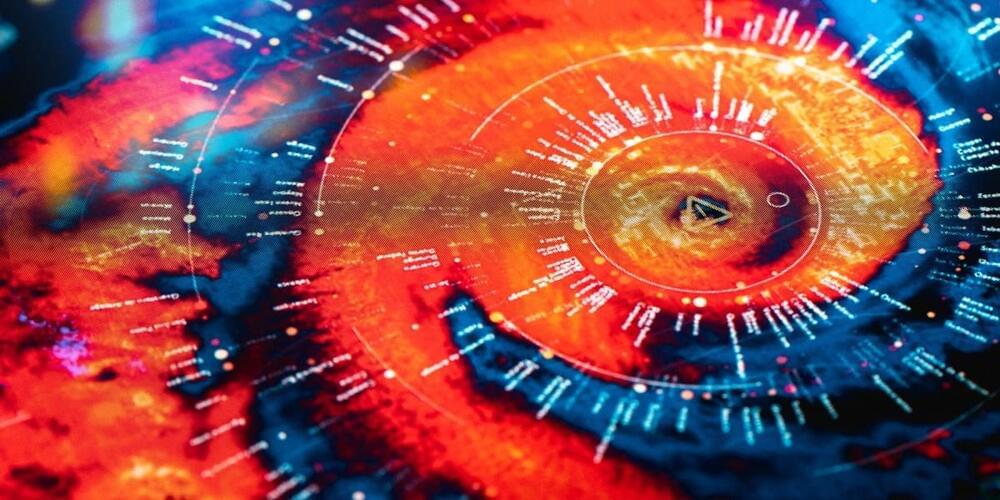



It seems that Silicon Valley giants, AAA game developers, and other companies desperately clinging to the AI trend and trying to integrate the technology into any product they own will soon have to rethink their marketing strategies, as a new study conducted by researchers from Washington State University indicates that using terms like “AI” or “artificial intelligence” in product descriptions can negatively impact sales.
To explore the impact of including “AI” in goods and service descriptions on consumers’ purchase intentions, the team conducted six experiments and surveyed over a thousand people, discovering that the use of these terms decreases purchase intention and lowers emotional trust, leading to what any company fears the most – diminishing sales numbers.
Furthermore, the researchers found that putting artificial intelligence in the spotlight can be even more detrimental when it comes to high-risk products – those consumers typically think twice about buying, such as expensive gadgets and medical services – compared to low-risk items, primarily because of the greater likelihood of incurring monetary losses or facing health risks.
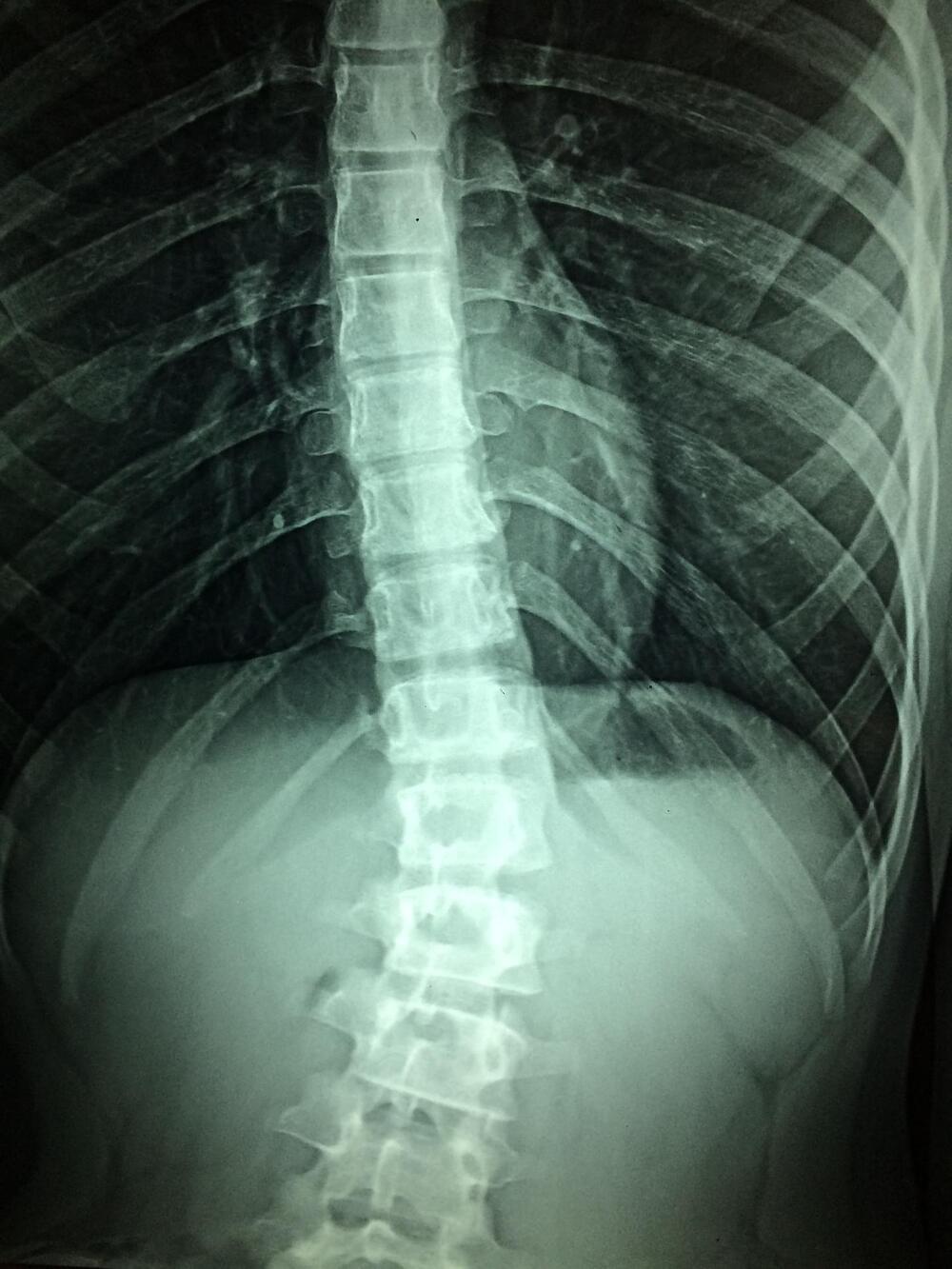
Injuries, infection and inflammatory diseases that damage the spinal cord can lead to intractable pain and disability. Some degree of recovery may be possible. The question is, how best to stimulate the regrowth and healing of damaged nerves.
At the Vanderbilt University Institute of Imaging Science (VUIIS), scientists are focusing on a previously understudied part of the brain and spinal cord —white matter. Their discoveries could lead to treatments that restore nerve activity through the targeted delivery of electromagnetic stimuli or drugs.
As in the brain, the spinal cord is made up nerve cell bodies (gray matter), which process sensation and control voluntary movement, and axons (white matter), fibers that connect nerve cells and which project to the rest of the body.
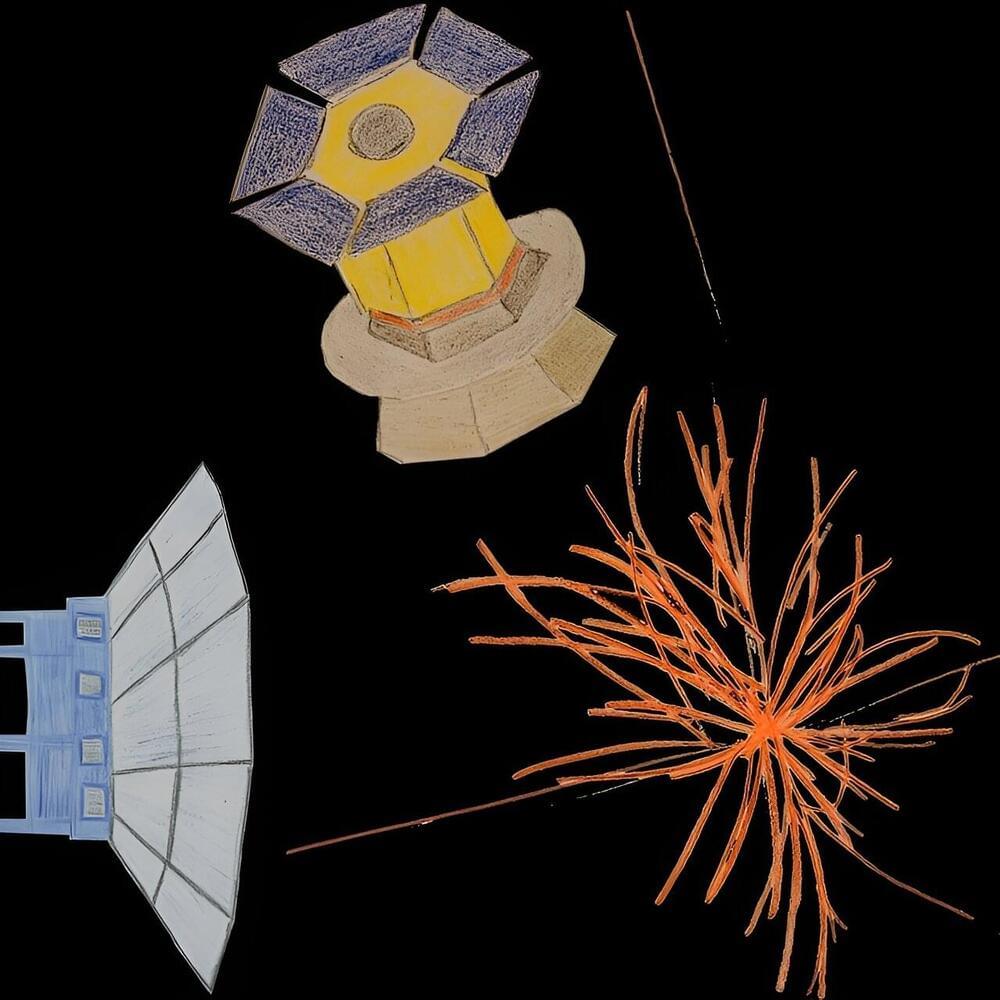
Various large-scale astrophysical research projects are set to take place over the next decade, several of which are so-called cosmic microwave background (CMB) experiments. These are large-scale scientific efforts aimed at detecting and studying CMB radiation, which is essentially thermal radiation originating from the early universe.

While the moon lacks any breathable air, it does host a barely-there atmosphere. Since the 1980s, astronomers have observed a very thin layer of atoms bouncing over the moon’s surface. This delicate atmosphere—technically known as an “exosphere”—is likely a product of some kind of space weathering. But exactly what those processes might be has been difficult to pin down with any certainty.
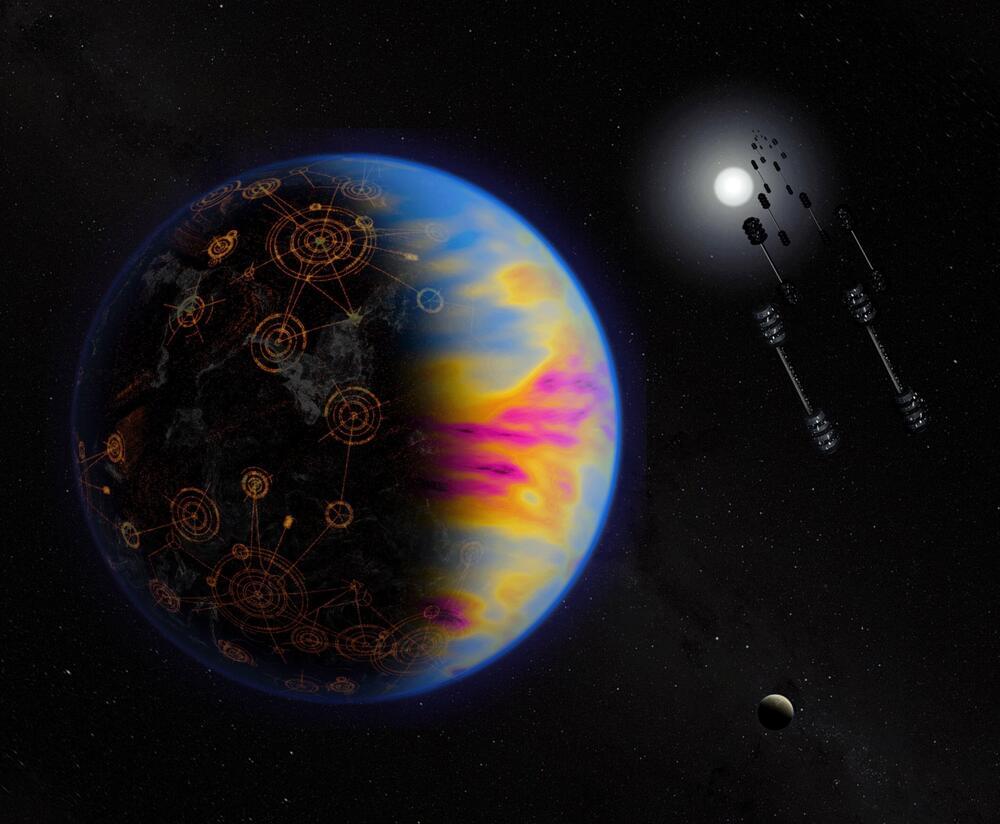
One of NASA’s key priorities is understanding the potential for life elsewhere in the universe. NASA has not found any credible evidence of extraterrestrial life—but NASA is exploring the solar system and beyond to help us answer fundamental questions, including whether we are alone in the universe.
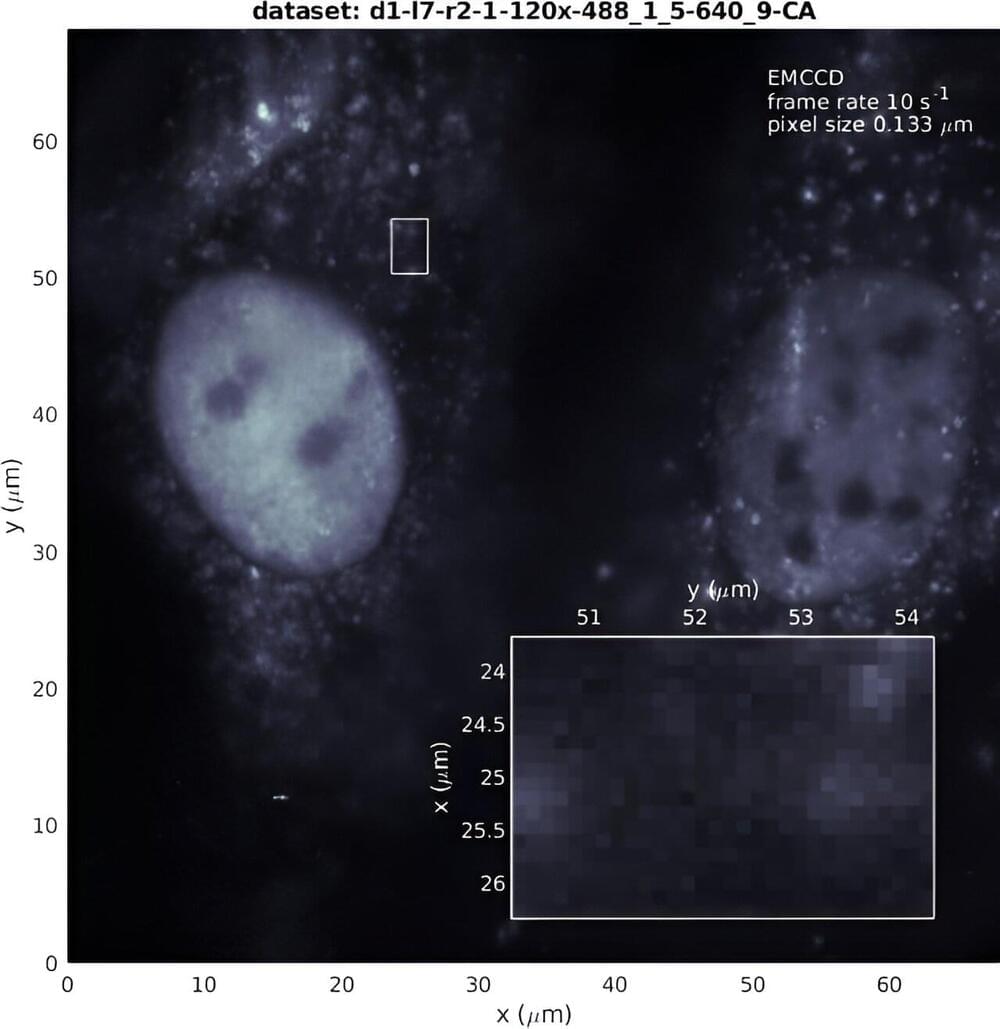

The Sun’s next 11-year solar cycle has been detected in internal sound waves, even though the current Cycle 25 is at its solar maximum and won’t end until mid-2025. This peak period increases sunspots, flares, and coronal mass ejections, sending more electromagnetic energy towards Earth.
Even though the Sun is only halfway through its current 11-year solar cycle, the first rumblings of the next one have already been detected in sound waves inside our home star.
This existing cycle is now at its peak, or ‘solar maximum’ — which is when the Sun’s magnetic field flips and its poles swap places — until mid-2025.

Artistic representation of hyper-Raman optical activity: twisted light (red helices) incident on molecules arranged on a helical scaffold (white dots) produce hyper-Raman scattering spectra (multicoloured light patches) that express ‘chirality’ (patches in spiral patterns and broken mirror). Credit: Ventsislav Valev and Kylian ValevAn international team of scientists, led by physicists from the University of Bath, has demonstrated a new optical phenomenon that could significantly impact various fields, including pharmaceutical science, security, forensics, environmental science, art conservation, and medicine.
Molecules rotate and vibrate in very specific ways. When light shines on them it bounces and scatters. For every million light particles (photons), a single one changes colour. This change is the Raman effect. Collecting many of these color-changing photons paints a picture of the energy states of molecules and identifies them.
Yet some molecular features (energy states) are invisible to the Raman effect. To reveal them and paint a more complete picture, ‘hyper-Raman’ is needed.